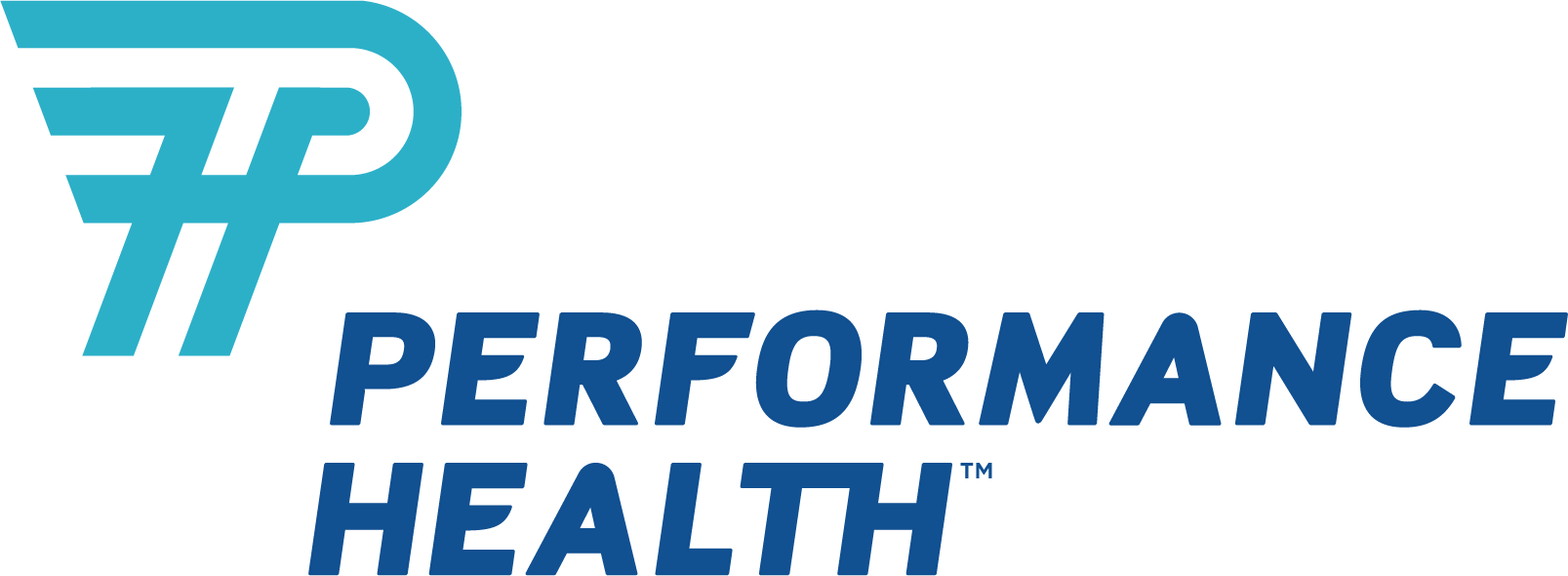The benefits of resistance training have been well known in scientific circles, the health care industry and the public for a very long time. The rigors of daily life and aging demonstrate the requirements of great strength and muscular endurance that are necessary to participate in our desired occupations. From the sedentary lifestyle, the weekend warrior to the competitive athlete resistance training should be the cornerstone of every healthy lifestyle. Resistance exercise (aka: strength/weight training) provides not only physical benefits but cardiovascular and cognitive benefits as well.
10 Physical, Mental/Cognitive and Cardiovascular benefits of resistance training include (but are not limited to…)
-
Enhance muscular endurance and strength (Folland & Balshaw 2021’)
-
Injury reduction (Laursen, Andersen, & Andersen 2018’)
-
Greater participation in daily occupations (Liu et al 2014’)
-
Pain management (Holm et al 2021’)
-
Improvement in bone density (Mosti et al 2014’)
-
Reduction in anxiety/depression (Rossi et al 2024’)
-
Cardiovascular health (Shiroma et al 2017’)
-
Greater sleep hygiene (Kovacevic et al 2018’)
-
Obesity management (Oppert et al 2021’)
-
Improvements in cognition (Chupel et al 2017’)
As we have just noted, the physical, cardiovascular and mental health benefits of strength training are many. So now the question remains, how do we introduce our clients in a rehabilitative setting to the world of resistance exercise? I propose using “ESP”! No, not Extra Sensory Perception (that is for another blog post!) but a simple conversation based on the clients wants, needs, and commitment… sounds like an occupational profile!
-
Education: Sharing in a client centered way how starting, continuing, or modifying a current strength program can improve overall quality of life.
-
Shared common goals: Discussing with your client their overall goals. Then, and only then, can a tailored program be built to focus on those wishes, whether it be enhanced muscular endurance for gardening tasks or participation in competitive sports. “Buy in” and meeting the needs of each client is essential for any effective resistance program.
-
Practical application: Versatility and practicality makes any strength program more efficient. Resistance is resistance, and any training implement can be utilized to enhance muscular performance. Where to start is the question.
A good place to start may be the introduction of resistance band training. Resistance bands have played a vital role in muscular strength, endurance, and hypertrophy (Joy et al 2016’). There are many purported benefits of resistance band training.
Here are just a few (but not limited to…):
-
Lightweight and portable: Resistance bands can be utilized at home, gym, school, or the largest of clinics (Fang et al 2023’).
-
Versatile and adaptable: Resistance bands are effective in a variety of situations from the rehabilitative phases to the competitive athlete.
-
Objectifiable resistance: Performance Health THERABAND CLX and High Resistance Bands have consistent objective levels of resistance. This feature is beneficial in scenarios where load may be recommended post operatively or demonstrating progression towards goals.
-
Cost effective: No need to purchase multiple machines or shiny new equipment (unless you want to!).
-
Isolated to total body resistance: Resistance bands can be utilized in a focused program on selective motor unit or train multi-joint exercises (Hernandez-Martinez, 2024’).
Upon completion of a thorough examination, goals have been set and the client is cleared to exercise training can begin. Where to begin is the next question. I have provided below a proposed hypothetical algorithm based on wound healing phases and strength and conditioning principles. Remember that every individual is unique and will need solid clinical reasoning in any program. The world of strength training is truly amazing and will unlock great potential in your clients. There are many tools to help in your programming, but resistance bands are an invaluable part of that program… Give them a try!


Note: This is only a hypothetical algorithm based on wound healing and cited research. Sound clinical judgement based on indications/contraindications, tissue reactivity, and desired goals need to be addressed. Prescription based on specific patient needs must be modified.
Recommended Products
Bibliography
Chupel, M. U., Direito, F., Furtado, G. E., Minuzzi, L. G., Pedrosa, F. M., Colado, J. C., ... & Teixeira, A. M. (2017). Strength training decreases inflammation and increases cognition and physical fitness in older women with cognitive impairment. Frontiers in Physiology, 8, 377.
Fang, Q., Zhang, X., Xia, Y., & Huang, F. (2023). Integrating elastic band into physical education classes to enhance strength training. Frontiers in Psychology, 14, 1037736.
Folland, J., & Balshaw, T. (2021). Muscle growth does contribute to the increases in strength that occur after resistance training.
Hernandez-Martinez, J., Cid-Calfucura, I., Chiguay, C., Weinberger, M., Delgado-Floody, P., Muñoz-Vásquez, C., ... & Valdés-Badilla, P. (2024). Effects of elastic band training on body composition and physical performance in older people: A systematic review with meta-analysis. Experimental Gerontology, 196, 112553.
Holm, P. M., Petersen, K. K., Wernbom, M., Schrøder, H. M., Arendt‐Nielsen, L., & Skou, S. T. (2021). Strength training in addition to neuromuscular exercise and education in individuals with knee osteoarthritis—The effects on pain and sensitization. European Journal of Pain, 25(9), 1898-1911.
Joy, J. M., Lowery, R. P., de Souza, E. O., & Wilson, J. M. (2016). Elastic bands as a component of periodized resistance training. The Journal of Strength & Conditioning Research, 30(8), 2100-2106.
Lauersen, J. B., Andersen, T. E., & Andersen, L. B. (2018). Strength training as superior, dose-dependent and safe prevention of acute and overuse sports injuries: a systematic review, qualitative analysis and meta-analysis. British Journal of Sports Medicine, 52(24), 1557-1563.
Liu, C. J., Shiroy, D. M., Jones, L. Y., & Clark, D. O. (2014). Systematic review of functional training on muscle strength, physical functioning, and activities of daily living in older adults. European Review of Aging and Physical Activity, 11, 95-106.
Kovacevic, A., Mavros, Y., Heisz, J. J., & Singh, M. A. F. (2018). The effect of resistance exercise on sleep: A systematic review of randomized controlled trials. Sleep Medicine Reviews, 39, 52-68.
Mosti, M. P., Carlsen, T., Aas, E., Hoff, J., Stunes, A. K., & Syversen, U. (2014). Maximal strength training improves bone mineral density and neuromuscular performance in young adult women. The Journal of Strength & Conditioning Research, 28(10), 2935-2945.
Oppert, J. M., Bellicha, A., van Baak, M. A., Battista, F., Beaulieu, K., Blundell, J. E., ... & Busetto, L. (2021). Exercise training in the management of overweight and obesity in adults: Synthesis of the evidence and recommendations from the European Association for the Study of Obesity Physical Activity Working Group. Obesity Reviews, 22, e13273.
Rossi, F. E., Dos Santos, G. G., Rossi, P. A. Q., Stubbs, B., Schuch, F., & Neves, L. M. (2024). Strength training has antidepressant effects in people with depression or depressive symptoms but no other severe diseases: a systematic review with meta-analysis. Psychiatry Research, 115805.
Shiroma, E. J., Cook, N. R., Manson, J. E., Moorthy, M. V., Buring, J. E., Rimm, E. B., & Lee, I. M. (2017). Strength training and the risk of type 2 diabetes and cardiovascular disease. Medicine and Science in Sports and Exercise, 49(1), 40.
Medical Disclaimer: The information provided on this site, including text, graphics, images, and other material are for informational purposes only and are not intended to substitute for professional medical advice, diagnosis, or treatment. Always seek the advice of your physician or other healthcare professional with any questions or concerns you may have regarding your condition.








 France
France Australia
Australia










